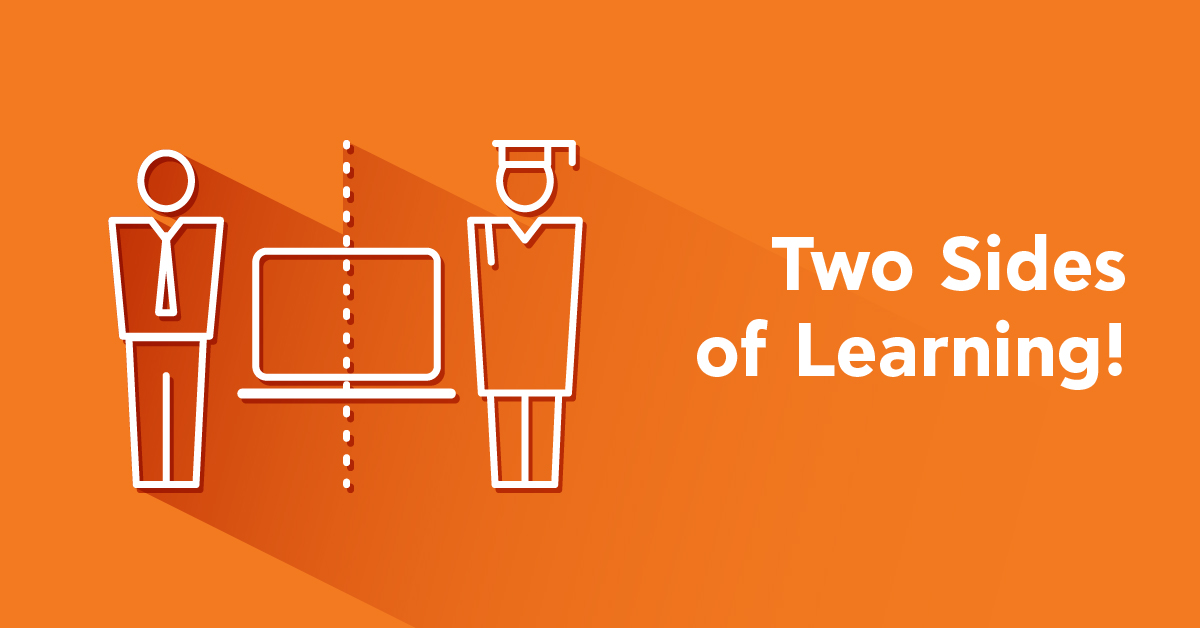Web based learning has opened up a lot of doors to anyone who wants to learn. With the available tech today, it can be argued that if ever you want to learn anything, you just need a device, an internet connection, and a must-do attitude. Moreover, web based training has broken down both geographical and physical limitations and has made learning possible across different time zones. This, in turn, has allowed more people to take advantage of the accessibility and convenience of online learning.
Web based learning tools have also proliferated within the past few years; and have done nothing but wonders for those who want to learn on their own. There are free online courses, MOOCs (Massively Open Online Courses), instructional videos, and even apps that let the learner take lessons anytime, anywhere.
Tools like these have been quite helpful – and also through them some of the globally-renowned institutions have been able to offer free courses to anyone in the world. Who would’ve thought that one day, everyone would get a chance to virtually attend classes from different universities around the globe?
While web based learning, with all its advantages and benefits, seems to be shaping up as the future of learning, it also has its drawbacks that tell us otherwise. Online learning approaches are also highly dependent on context.
We need to be familiar with both online learning’s pros and cons and the differences in context. Doing so allows us to choose if online learning really is the best choice for us and if we’re employing the right approaches, given the learning background we’re in.
In this instance, we’ll be discussing three of its biggest advantages and disadvantages. We’ll also take a look at how online learning approaches are different in the corporate training and academic learning contexts.
Web Based Training Advantages and Disadvantages
While online learning seems to be the best (and easiest) option to learn today, there are, however, pros and cons of web based learning that we need to be well aware of. Let’s take a look at three of its biggest advantages and disadvantages.
Advantages
Most online courses are free!
The biggest draw for these online web-based training courses is that most of them are free. This is made possible by the different MOOC providers and numerous web-based training software vendors across the globe.
Learners go to class at their own convenience
Another benefit is that online courses – particularly asynchronous ones – can be taken at any time, thus giving the learner the benefit of convenience. Online courses let the learner decide when to take the class.
The internet and a device are the only things you need
Lower cost in both devices and services paired up with an increase in mobile internet speeds have made this possible. Imagine, learners can now take courses through their mobile phones!
Disadvantages
There is a lack of social interaction
Most online learning courses are asynchronous – meaning that a learner takes the class independently. This somehow takes away the social aspect of learning. And since learning is a collaborative endeavor, a lack of social interaction reduces the effectiveness of the lesson.
The cultural aspect of learning is taken away
Aside from the social aspect, web-based learning also takes away the cultural facet of learning. Learning is cultural and each culture has its own preference on how to learn. Taking online courses limits learners to the methodology dictated by the course and its creator.
Context has to be greatly considered
The use of web-based learning depends a lot on the learning context too. For example, the approach for corporate online training is different from online education – and this has a lot to do with context.
What’s the difference between learning and education in terms of online courses?
While, of course, online courses in both the corporate and the academic spheres’ aim is to help students learn, we might want to take a look at what separates one from the other. This will assist us in finding out what type of courses are the best for our learning needs.
While web based training has revolutionized the entire learning industry, it is not the silver bullet to learning. Web based learning is not applicable to all situations. A pronounced difference is the way it can be used as corporate online training and the academic world.
What may be applicable to the business environment may not apply to the academic field, and vice versa. To find out why, we need to take a closer look at the difference between learning and education and break down the context and the approach of each towards learning.
The Corporate Learning Context
The corporate environment pays much importance to competencies. This emphasis then translates to the way the business world handles learning. Instead of paying attention to facts, details, and knowledge, corporate eLearning plays up skills and how they’re applied in the workplace.
Online business courses have been tailored to the context of the corporate environment. For example, courses are adapted to match the fast-paced, career-related, and results-oriented backdrop of the workplace. Moreover, the key metrics to determining impact and success of training programs are highly (or most of the time, solely) dependent on organizational results and return of investment.
Now let’s look at education’s side of the fence.
The Academic Learning Context
In contrast to the corporate environment, education is mostly concerned with knowledge transfer and not competency building. With this in mind, education takes on a more holistic approach to learning – equipping students with knowledge from multiple disciplines (i.e. core subjects) – rather than developing specific skills.
Another major difference is the learning context. The main drive for educational institutions is to teach the students ‘how to learn.’ This is very apparent in web based learning in education, where the means is more into discovery rather than the situation-based, applied-skill approach of competency-building.
It’s not always One-Way-or-the-Other
Even though there are contrasting elements regarding web based training courses for both the corporate and the academic worlds, it doesn’t mean that every situation calls for a one-way-or-the-other approach. It’s possible for both to overlap at certain instances.
For example, training health services would require a great deal of knowledge transfer; but would also necessitate the use of skill building. Yes, it is possible to use both approaches for a single course. This points to how online learning also encompasses the different learning contexts.
Web Based Learning is still for Everyone!
Online learning is still one of the best options for us to learn today. The benefits of lower costs, more independence for the learner, and even personalized lessons are just too good to pass up on. And with the exponential development of technology, it will most probably be the way that we will learn in the future.
Who knows? Maybe in a decade, we’ll already have virtual schools where learners can just login from home (or anywhere) and attend classes. And oh – this is already being done with virtual work teams in the business realm today. We’re very sure that education will follow suit real soon.
| Tags: Corporate Training



